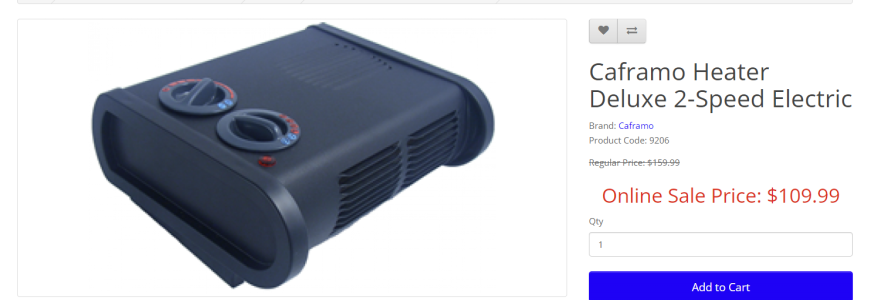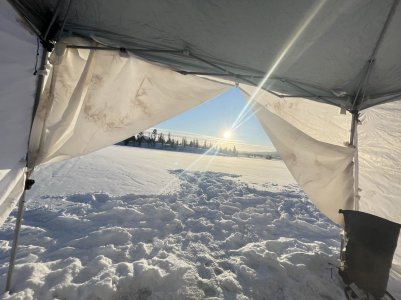Could you imagine being stranded in cold weather and depending on your electric vehicle for heat. It may be wise to make sure that you have extra clothing and maybe a sleeping bag.
Winter trips out of town, all the usual safety gear is in my truck. Shovel, matches, candles, water, blanket, etc. Everyone should have this, no matter what they drive.
Next thing is how much energy do you have on board. For decades, it's beengood practice to not let gas tank get below half in cold weather. If something happens amd you're stuck in one place for many hours, you have enough fuel to be able to provide heat. So the same principle applies to EV trucks: stop in Merritt or Hope and add some charge before tackling the Coq, the most likely highway in BC to close in winter without notice.
I'd rather be in an EV during a winter road closure than a gas or diesel. Turning on the heat in an EV means it's all used in the cabin, rather than lighting a gasoline fire in an uninsulated engine compartment and waiting while it heats up a block of iron. How much of that heat actually gets inside the cab? Half? A third? Does a nice job of melting off the hood though, that's something when you're suck on the side of the highway.
The Lightning heater blows hot air in seconds, and using the heated seats doesn't come with the worry that the battery might not have enough juice to start the engine when the road reopens.
How about a little math...
Lightning heater: 5 kW.
Run the heat 5 minutes on, 10 minutes off (33% duty cycle). Energy consumption: 1.66 kWh per hour.
Battery size: 98 kWh at 100%
Battery depletion rate: 1.7% per hour
4 hour delay would use 7% of battery
8 hour delay would use 14%
12 hour delay would use 20%
So a smart driver heads onto the Coq with 80%, uses some of that getting to the summit, then a big accident happens and the road closes. Say they're at 60% when that happens. Even 24 hours stuck in a storm would leave them with 20% battery, enough to get to the next charger.
Lots of variables of course, a solo driver could use less power by using the heated seat more than ducted heat. You'd also have lights, music and wifi available, power of those is minimal. And no risk of blowing snow blocking exhaust and causing a CO problem inside.


